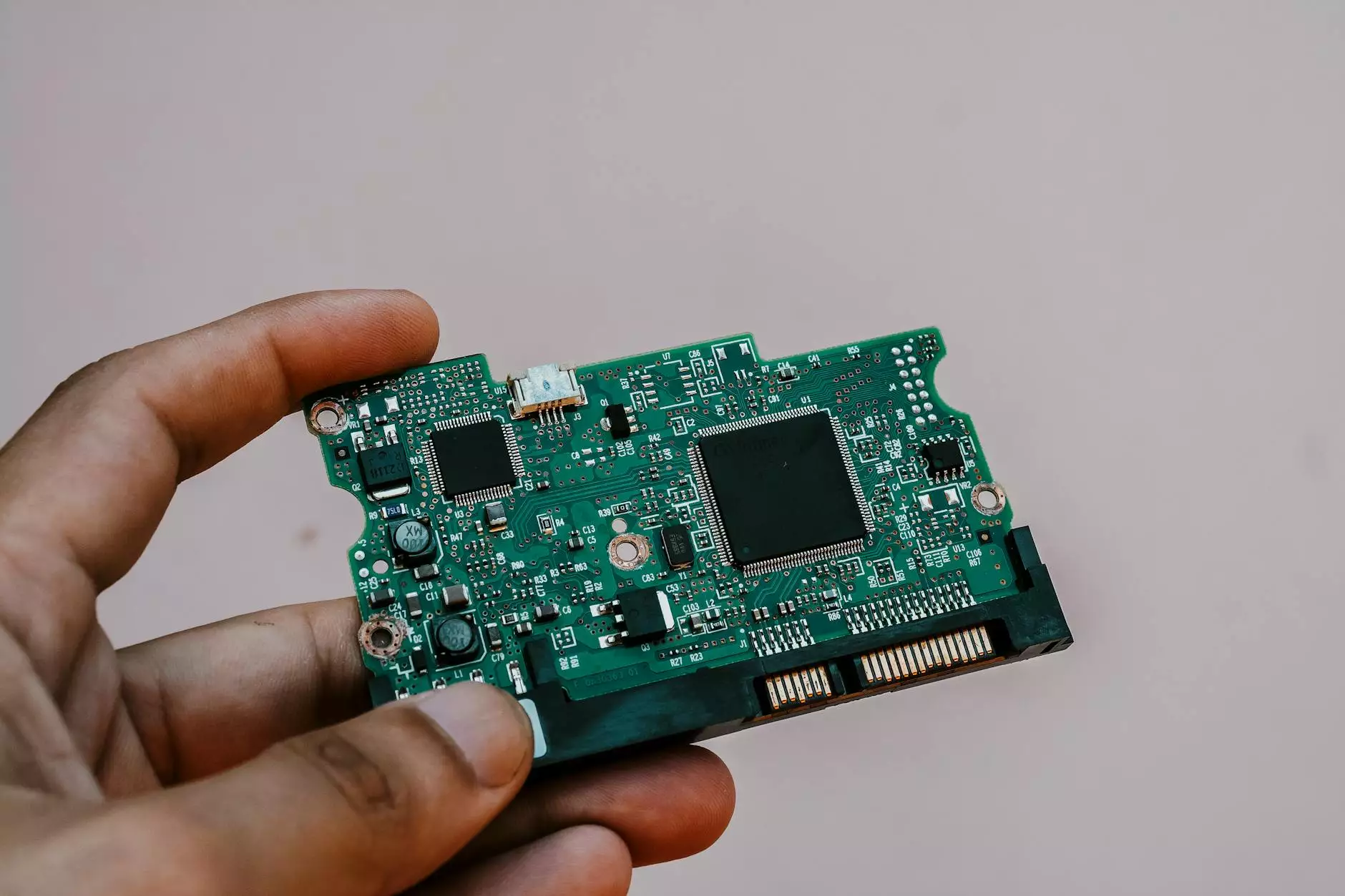The Ultimate Guide to VOIP Monitoring Tools for Businesses

In today's fast-paced business environment, maintaining effective communication is paramount. Voice over Internet Protocol (VOIP) technology has revolutionized the way companies conduct their operations, allowing for both seamless communication and cost efficiency. However, to fully leverage the benefits of VOIP, it is essential to utilize VOIP monitoring tools. This comprehensive guide will delve deep into the significance, features, and best practices for using these tools to optimize your business communications.
What Are VOIP Monitoring Tools?
VOIP monitoring tools are applications designed to oversee and evaluate the performance of VOIP networks. They provide insights into call quality, latency, jitter, packet loss, and other critical metrics that affect communication quality. By utilizing these tools, businesses can proactively manage their VOIP systems to ensure minimal disruptions in service, ultimately enhancing productivity and customer satisfaction.
Importance of VOIP Monitoring Tools
Why should businesses invest in VOIP monitoring tools? The answer lies in their multifaceted benefits:
- Enhanced Call Quality: Regular monitoring helps identify and rectify issues affecting call clarity and reliability.
- Cost Efficiency: By optimizing VOIP performance, businesses can reduce overhead costs related to communications.
- Improved Customer Experience: Reliable communication fosters trust and satisfaction among customers.
- Proactive Issue Resolution: Identifying problems before they escalate can save time and resources.
- Data-Driven Decisions: Comprehensive analytics enable informed decision-making regarding infrastructure needs and improvements.
Key Features of VOIP Monitoring Tools
When considering VOIP monitoring tools, it's crucial to understand the features that differentiate them. Here are some key functionalities to look for:
1. Real-Time Monitoring
Real-time monitoring provides immediate insights into call quality and network performance. This feature allows businesses to quickly address any issues that arise.
2. Reporting and Analytics
Detailed reports and analytics help businesses track performance trends over time, enabling them to make informed adjustments to their VOIP systems.
3. Alerts and Notifications
Customizable alerts can notify IT teams of issues such as dropped calls or degraded call quality, ensuring timely intervention.
4. Network Performance Metrics
Essential metrics include:Latency: The time taken for data to be transmitted.Jitter: Variability in packet arrival times affecting audio quality.Packet Loss: The percentage of packets that never reach their destination, leading to interruptions in communication.
5. Integration Capabilities
Integration with existing IT infrastructure and other communication tools is vital for seamless operations.
Choosing the Right VOIP Monitoring Tools
Selecting the right VOIP monitoring tools can significantly impact your telecommunications experience. Keep the following factors in mind:
1. Business Needs Assessment
Analyze your organization's communication requirements. Do you need basic monitoring, or is advanced analytics necessary?
2. Scalability
Ensure the monitoring tool can grow with your business. It should accommodate an increase in users or integration with additional services.
3. User-Friendly Interface
The tool should have an intuitive interface that allows easy navigation and access to crucial information.
4. Cost-Effectiveness
Consider the return on investment (ROI). Investing in a more expensive tool that drastically improves call quality may be more beneficial than opting for a budget solution.
Popular VOIP Monitoring Tools
Many options are available in the market today. Below are some of the most widely recognized VOIP monitoring tools:
- SolarWinds VoIP & Network Quality Manager: This tool provides extensive monitoring capabilities and insightful reporting features.
- Paessler PRTG Network Monitor: Known for its comprehensive metrics and real-time data analysis.
- ManageEngine OpManager: Offers a user-friendly interface with robust monitoring functionalities.
- VoIP Monitor: A specialized tool for monitoring VOIP traffic and ensuring optimal performance.
- NetScout: Focuses on delivering insights for both network and application performance.
Implementing VOIP Monitoring Tools
Once you have selected the appropriate VOIP monitoring tools for your business, follow these steps for implementation:
1. Define Monitoring Objectives
Clearly outline what you hope to achieve with the monitoring tools, such as improved call quality or faster response times to issues.
2. Train Your Team
Ensure that your IT team is adequately trained on how to use the tools effectively to maximize benefits.
3. Monitor and Adjust
Regularly review the data provided by the monitoring tools and adjust your strategies accordingly for optimal performance.
Common Challenges in VOIP Monitoring
While the benefits of VOIP monitoring are clear, there are challenges associated with it. Understanding these can help businesses to better prepare:
1. Integration Difficulties
Integrating new monitoring tools with existing systems can sometimes lead to complications. Work closely with vendors to ensure a smooth integration process.
2. Data Overload
The large volume of data generated can be overwhelming. Focus on the most critical metrics and tailor reports to suit business needs.
3. Ensuring ROI
Keep track of performance improvements directly attributable to monitoring tools to justify ongoing investment.
Future Trends in VOIP Monitoring
The landscape of VOIP monitoring is continually evolving. Here are some future trends businesses should watch for:
1. Increased AI Integration
Expect to see more AI-driven analytics that provide predictive insights, helping businesses to stay ahead of potential issues before they arise.
2. Enhanced Security Features
As cyber threats continue to grow, the demand for security-focused monitoring tools will increase, ensuring that communication channels remain secure.
3. Focus on User Experience
Tools will increasingly emphasize user experience, providing not just data but actionable insights that are easy to understand and implement.
Conclusion
In summary, adopting effective VOIP monitoring tools is essential for businesses striving for efficient and reliable communication networks. The right tools will not only enhance call quality but also promote overall organizational productivity. By understanding their features, benefits, and the trends shaping their future, companies can make informed choices that lead to greater operational success.
For your telecommunications needs, visit us at teleco.com to explore how we can help you implement and optimize VOIP monitoring for your business.









